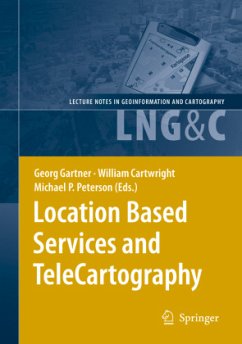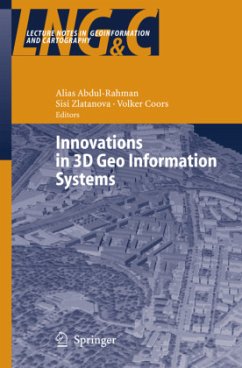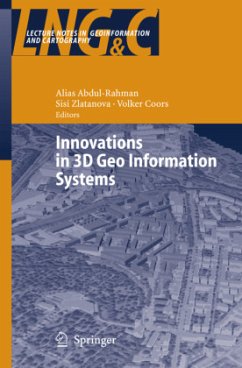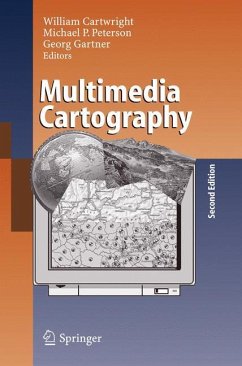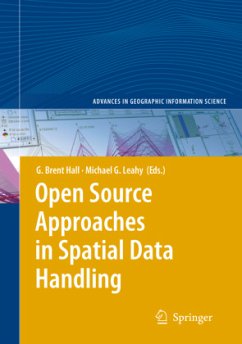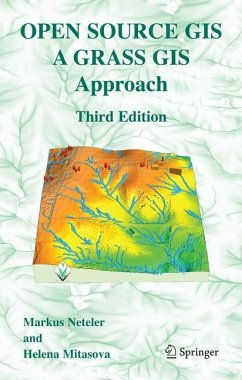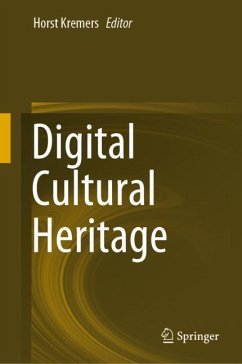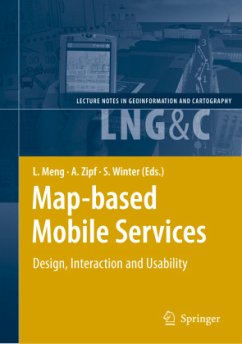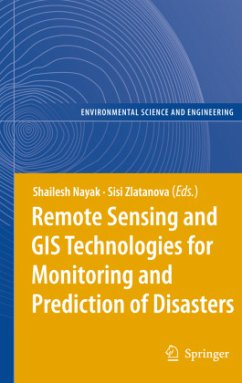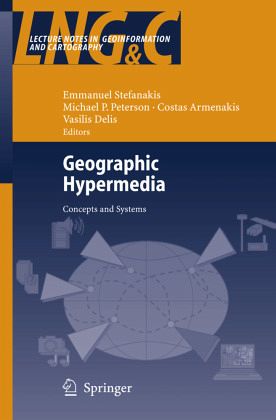
Geographic Hypermedia
Concepts and Systems
Herausgegeben: Stefanakis, Emmanuel; Peterson, Michael P.; Armenakis, Costas; Delis, Vasilis

PAYBACK Punkte
76 °P sammeln!
This book introduces a new paradigm, Geographic Hypermedia, which emerges from the convergence of Geographic Information Science and - permedia technology. Both GI Science and hypermedia have been rapidly evolving fields. The initial idea of Geographic Hypermedia was born in 2004 when the editors had been invited to organize a workshop in conju- tion with the 'Hypertext' conference organized annually by the Special - terest Group of the Association for Computing Machinery. The purpose of the workshop was to examine how hypermedia concepts and tools may be applied in geographical domains. The w...
This book introduces a new paradigm, Geographic Hypermedia, which emerges from the convergence of Geographic Information Science and - permedia technology. Both GI Science and hypermedia have been rapidly evolving fields. The initial idea of Geographic Hypermedia was born in 2004 when the editors had been invited to organize a workshop in conju- tion with the 'Hypertext' conference organized annually by the Special - terest Group of the Association for Computing Machinery. The purpose of the workshop was to examine how hypermedia concepts and tools may be applied in geographical domains. The workshop was eventually held in conjunction with the Maps and the Internet Commission of the International Cartographic Association at the annual meeting of the Association of American Geographers in Denver, Colorado, in April 2005. The Denver workshop was a successful event, bringing together mul- disciplinary researchers and professionals in the area of Geographic - permedia. Researchers from four continents and well recognized insti- tions presented their work and exchanged opinions about the new pa- digm, its content and distinct characteristics from other paradigms. Extended versions of the papers presented at the workshop along with some invited chapters from experts in the field led to the compendium of the twenty-five chapters in this book volume. Geographic Hypermedia is not yet a mature paradigm but we aspire to provide the scientific community with a contemporary view of Geographic Hypermedia, present an overview of its progress and current status, while also promoting further discussion and research.



